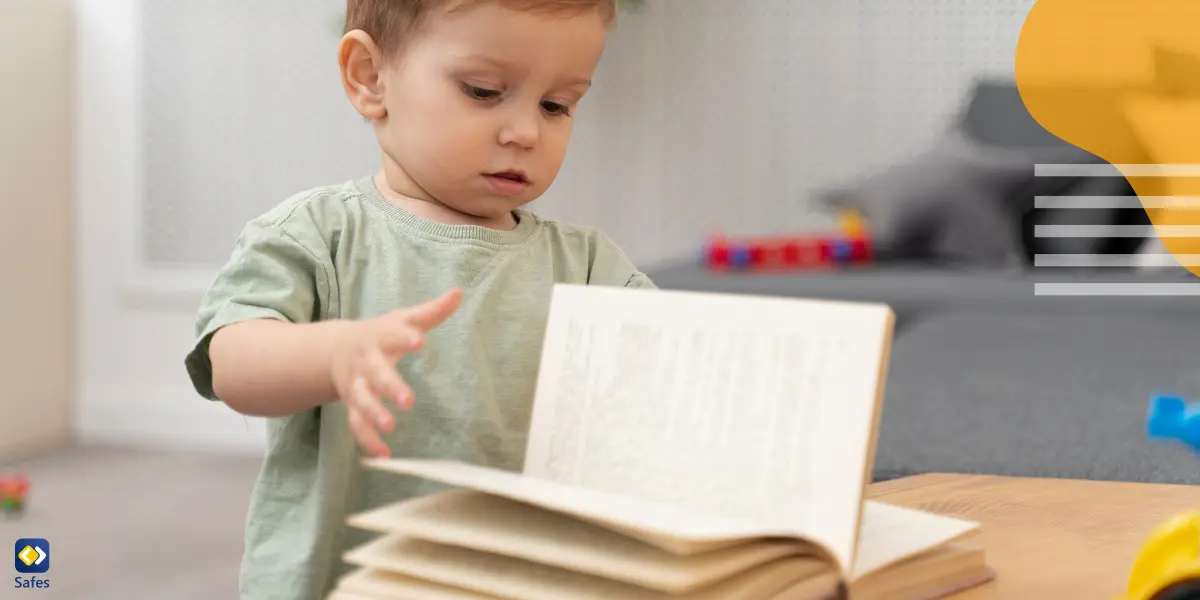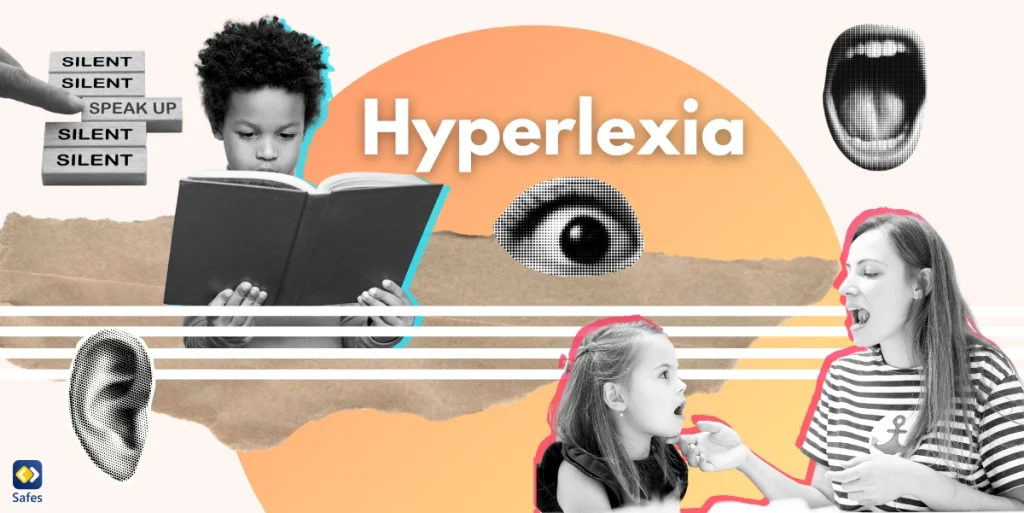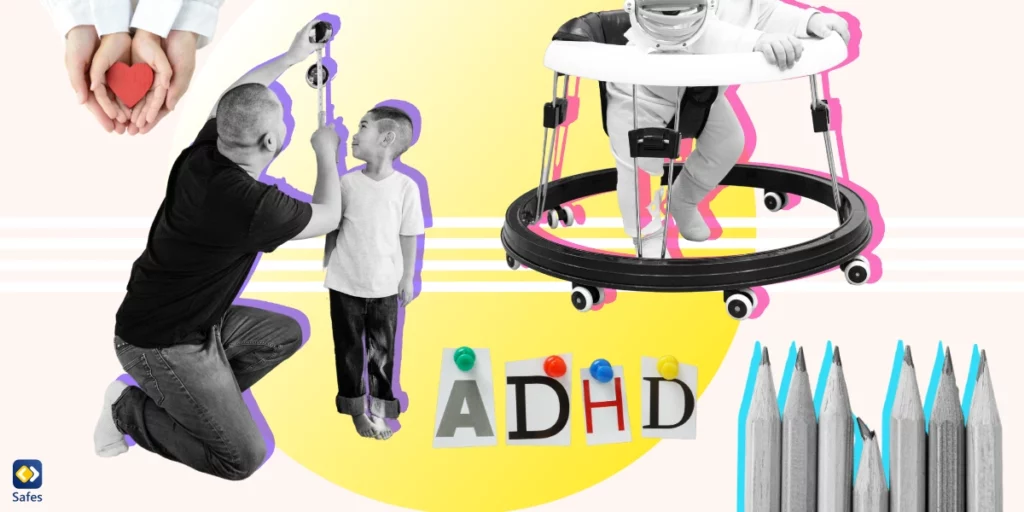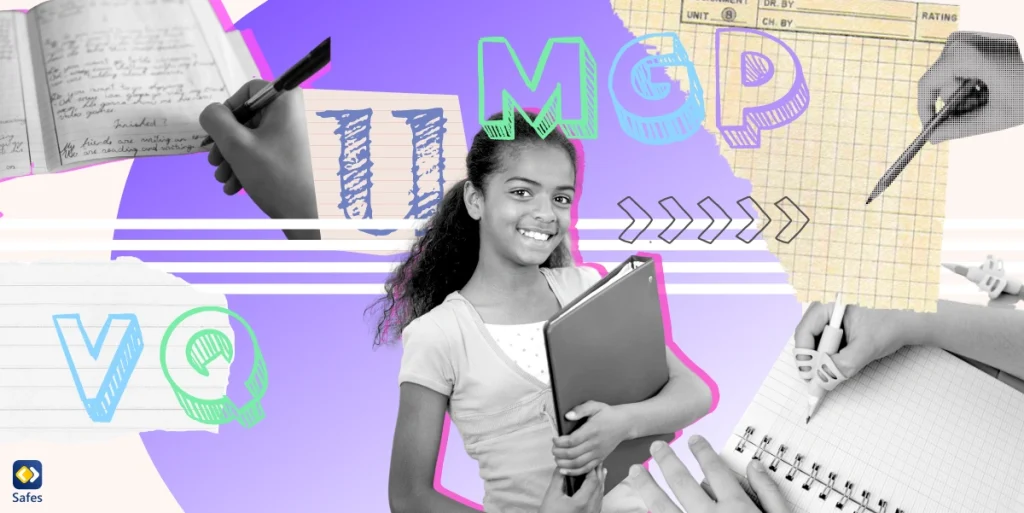Your child may seem to excel at reading, even at a very young age, but struggle with speaking or understanding language. Those may be the signs of hyperlexia in children. Hyperlexia is a condition where kids develop remarkable reading skills at a very young age, often before they’re expected to. However, they may have difficulty with spoken language and understanding verbal communication.
Some signs of hyperlexia include a strong interest in letters, numbers, or symbols from an early age, advanced reading ability compared to children at the same age, and difficulty understanding spoken language. These are only a few symptoms that hyperlexic kids may exhibit. Read on to understand more about this type of disorder and learn how to distinguish it from autism.
What Are the Causes of Hyperlexia in Children?
While the exact causes of hyperlexia in children are not fully understood, several factors may lead to its development. It’s important to note that there isn’t evidence supporting the idea that environmental factors cause hyperlexia in children. Instead, genetics and neurological factors are believed to play a significant role in its development. Knowing these causes helps parents understand why their children have poor communication skills while excelling at reading. The causes of hyperlexia in toddlers are as follows:
- Genetics: There may be a genetic component to hyperlexia, as it sometimes occurs in families where other members have learning disabilities or developmental disorders.
- Brain Development: Differences in brain development or functioning, particularly in areas related to language processing and reading, could play a role in hyperlexia.
- Neurological Factors: Certain neurological conditions or abnormalities may be related to hyperlexia, although more research is needed to understand these connections fully.

What Are the Hyperlexia Symptoms in Young Kids?
The obvious hyperlexia symptoms in toddlers are the ability to recognize letters and symbols and read them at an early age. Moreover, their thinking is concrete and literal. As a result, they struggle with abstract thinking. To demonstrate all the signs that hyperlexic children tend to show, we have provided a list below:
- Exhibiting an early and exceptional ability to read, often before the age of five
- Not understanding the meaning of the words they are reading
- Fascination with letters and numbers
- Spending a lot of time looking at written materials
- Difficulty with verbal communication, despite their advanced reading ability
- Showing echolalia, repetition of words or phrases spoken by others
- Difficulties with social interactions and communication
Some children with hyperlexia may show some behaviors that are related to autism spectrum disorders, such as repeating words, repetitive actions, pronoun reversals, and strong auditory. However, research shows that not every hyperlexic child is autistic. In the next part, we’ll discuss these mistaken terms, explaining how they differ in children.
Can You Be Hyperlexic and Not Autistic?
According to a study by Darold Treffert, Separating ‘Autistic-Like’ Behaviors from Autistic Disorder, you should not label every child with hyperlexia as having autism. The first thing parents need to do when their child shows signs of hyperlexia is to get the right diagnosis. It’s important to have them checked out by an expert specializing in hyperlexia and other similar fields.
Based on the findings in the previously mentioned article, hyperlexia types are divided into three categories as below:
- Hyperlexia I: This is a rare type of hyperlexia when children just show a strong ability in reading before entering school.
- Hyperlexia II: When children start to read early while showing autistic behaviors, they’re suffering from hyperlexia II. For example, they may desire isolation and have difficulties showing their emotions. At the same time, they can be great at memorizing numbers or directions.
- Hyperlexia III: With this type, children tend to show temporary autistic behaviors. This is what makes them different from other types of hyperlexia. While their reading and memory abilities are exceptional, they may show mild autism symptoms that lessen or disappear over time.
All in all, making the right diagnosis is the key step to understanding what your child is dealing with. If they start to read at an early age, but you’re not sure if other symptoms are related to ASD (Autism Spectrum Disorder) reach out to an expert immediately. This way, you can make an informed decision for your child’s well-being.

How to Help Kids with Hyperlexia?
Helping kids with hyperlexia requires a combination of understanding their needs and providing appropriate support. Sometimes, hyperlexia can be a skill on its own, or it might be part of autism. As a parent, you need to be cautious and observe your child’s behaviors. Your early intervention can prevent symptoms from worsening and help your kids to develop the necessary skills. Make sure to find an experienced therapist who can evaluate your child’s disorder and give you the right advice.
Moreover, your hyperlexic child may need speech and language therapy. This can improve their expressive and receptive language skills, as well as their ability to understand and use spoken language. While addressing areas of difficulty, it’s important to also recognize and nurture the child’s strengths, such as their advanced reading ability.
Finally, approach your child with patience, empathy, and understanding. Know that progress may take time, and celebrate their achievements, no matter how small. With love, support, and appropriate interventions, children with hyperlexia can thrive and reach their full potential.
Final Word
Understanding hyperlexia and its impact on children is crucial for parents and caregivers. By recognizing the signs and symptoms early on, families can access the necessary support and interventions to help their child thrive. From speech and language therapy to encouraging the skills they’re good at, you play a crucial role in helping your child with hyperlexia.
However, dealing with the digital generation adds another layer of complexity to parenting in today’s world. With the increasing prevalence of digital devices, your hyperlexic child has wide access to online content, which can pose risks to their safety and well-being. Therefore, a parental control app can come in handy! Safes, your powerful tool to control your child’s online activities, is everything a parent needs to ensure their child’s online safety.
Designed for both Android and iOS, Safes provides parents with features to completely monitor what children do in the cyber world. From setting screen time limits to blocking improper and adult content, Safes ensures parents that their children explore and learn in a controlled and safe environment.
Forget the features you could access using Macbook parental controls or other devices and download the app to benefit from all the parental control options you need! You can even use our free trial to test the app in advance!




